Die 13 Kandidaten 2024:
Die wichtigsten Resultate
Die Kandidaten 2024 im Bild:
Kia EV9 (385 PS)
VW ID. 7 Limousine (286 PS)
Honda e:Ny1 (204 PS)
Tesla Model Y Long Range RWD (347 PS)
Volvo EX30 (272 PS)
BMW i5 Touring eDrive 40 (340 PS)
Audi Q4 Sportback 45 e-tron (286 PS)
Hyundai Kona (204 PS)
Fiat 600e (156 PS)
Mini Cooper SE (218 PS)
Opel Corsa e (156 PS)
BYD Dolphin (204 PS)
Lancia Ypsilon (156 PS)
Der Alltagstest beginnt ... 13 rein elektrisch angetriebene Fahrzeuge zeigen was sie wirklich im realen Leben können!
 |
| Kia EV9 |
Tipps zur Blog-Nutzung
Alles rund um unsere Mobilität: Autos, Bikes, Räder, Auto-Reisen,
https://mobilitaet-heute.blogspot.com
Einfache Themensuche
1. oben im Blog mit der Lupe
(Suchwort eingeben, alles dazu wird gezeigt)
2. Kästen am Textende anklicken
To our English Readers
REAL LIFE. REAL TRAFFIC. REAL GREEN.
"ECOBEST Challenge is the first European independent test on the most popular EV’s on sale in Europe. The testing methodology is consistent and unbiased, pioneering the `human random factor`, the closest concept to the ideal `average customer`! AUTOBEST introduced a number of proprietary indexes, easy to be understood by all the consumers around the world. It is about real range, real charging process both AC and DC , about energy efficiency spent on board and `life after death` of the battery indicating ZERO on the cluster. All the results are introduced without any ranking or comments. Our mission is to serve the millions of motorists looking to see facts and figures, real measurements coming from real driving habits, real traffic testing. ”
Real life tests: surprises and new leaders in electric mobility
Another surprise: while it has been a leader and the benchmark for electric mobility for several years, Tesla does not dominate any category in 2024.
By alphabetical order, here are the 13 cars the AUTOBEST jurors tested in the 2024 ECOBEST Challenge: Audi Q4 Sportback e-tron, BMW i5 Touring, BYD Dolphin, Fiat 600e, Honda e:Ny1, Hyundai Kona, Kia EV9, Lancia Ypsilon, Mini Cooper SE, Opel Corsa e, Tesla Model Y, Volkswagen ID.7 and Volvo EX30.
Dan Vardie: “The tests performed at the 2024 ECOBEST Challenge once again
clearly show that the future of the electric car does not consist in
bigger and bigger batteries but, on one hand in improving the energy
efficiency, meaning in increasing the distance that can be covered with
every single kWh. And, on the other hand, in providing users with faster
and faster charging times. While we could see great progress in
charging times, we were disappointed by a rather stagnating energy
efficiency.”
Improving readability is key to make people read: therefore i suggest to write the brands bold in the list, so that one can get a much quicker overview.
Key figures in brief
- TREMENDOUS IMPROVEMENT IN DC FAST CHARGING: The best outstanding result of this edition is the quick DC fast charging time for all cars in test – between 7 and 18 min to charge for 100 km. Kia EV 9 ranked no 1 with 7 min for 100 km! This overall performance is showing how much all the EV producers progressed in this car users sensitive approach.
- AMBIVALENT RESULTS WITH AC CHARGING TIMES: Less impressive, the AC charging capabilities of tested cars are going from 59 min (Volvo EX 30) for 100 km range to 2h:27 min for the same distance. Interesting enough, the last one in rankings for AC charging is Kia EV 9 which is the best in DC Fast Charging.
- MANUFACTURERS’ PUBLISHED RANG CLOSER TO REAL LIFE (EcoC1 test): At this edition ECOBEST Challenge, none of the 13 models in test surpassed the homologated range under the WLTP cycle. With an EcoC 1 index of 98.95 %, the Audi Q4 Sportback 45 e-tron is the closest real range to the WLTP at this edition and one of the best in the history of ECOBEST Challenge. 6 of the remaining EV’s are between 80 to 90 %, the remaining 6 are between 73 and 79.8 %. At this edition there is no car in test below 73 %.
- BETTER CHARGE BEFORE THE BATTERY TELLS IT’S EMPTY: As ECOBEST Challenge pioneered from the beginning of our competition, there is life in the battery after the cluster indicator is zero km/ 0 %. 12 of the 13 cars demonstrated a strategic reserve of electricity between 2 and 24 kilometers. The Volvo EX 30 is the winner of this measurement, but it is far the record of 45 km measured in last year edition. Furthermore, only one car stopped once the battery indicator showed zero on the cluster (Lancia Ypsilon).
- STILL WORK TO DO TO IMPROVE ENERGY EFFICIENCY (EcoC 2 test): EcoC 1 representing the ratio between the real driving range and the WLTP range and EcoC2 states the actual energy efficiency of EVs. Revealing how many kilometers of real driving range a specific car can provide from 1 kWh of battery. The EcoC 2 is the most important expression of the energy efficiency of an EV. With 6,84 km/ kWh, the new Opel Corsa e is the leader in efficiency of this year’s tests. In 2021 the winner stated a remarkable 8.07 km/kWh = Dacia Spring. Other 7 cars are at the more than 6 km/kWh, 4 are between 5 - 6 km/kWh and only one was below 5 km/kWh.
- DISCLOSED: REAL EFFICIENCY OF THE CHARGING PROCESS (EcoC 3 test): The EcoC 3 index (best this year: Honda e:Ny1) is used as the ratio between the real energy charged into the battery and the official net capacity. A clear expression of the charging process’s efficiency.
- THE REAL ENERGY EFFICIENCY SHALL BE MEASURED WITH CHARGING + DRIVING (EcoC 4 index): To give an even better real-life perspective, the EcoC 4 – introduced last year, which measures the car’s actual efficiency, taking into consideration the energy filled in the battery (and not the net battery capacity) and the real range – winner is Mini Cooper SE.
- RELIABLE TESTS THANKS TO A CERTIFIED METHODOLOGY: The 2024 edition of ECOBEST Challenge received for the second time the Bureau Veritas certification – a global recognition of the genuine, comprehensive, and innovative methodology employed in testing electric vehicles (EVs) in real traffic conditions and assessing their real-life green credentials in an unbiased manner.
- A DEDICATED, EXCLUSIVE APP COLLECTS ALL DATA: For the third year, the ECOBEST Challenge is using an app specially designed to measure the key data through a direct connection to an Xiaomi mobile terminal in the car. WThe result is a wide range of data & graphs from the testing sessions and the charging process with both AC and DC (HPC). We also record the batteries’ temperatures during different stages of the test and charging. These datas are available on request.
- VINFAST THE MAIN PARTNER: For the 4th year, ECOBEST Challenge is conducted in partnership with VinFast, the emerging Vietnamese EV producer and a part of the Vingroup, the largest industrial conglomerate of Vietnam. No model from VinFast is involved in the ECOBEST Challenge, tests are performed in absolute transparency.
- PRECIOUS TECHNICAL PARTNERS: AUTOBEST counted on the logistical and technical support of the Italian car publication Quattroruote, the support of Xiaomi for mobile devices, and e-gap to offer remote charging once the batteries were depleted at the end of the test. The app to measure the cars’ data is PKC – Power checK Control, developed by the Italian company Power Cruise Control.


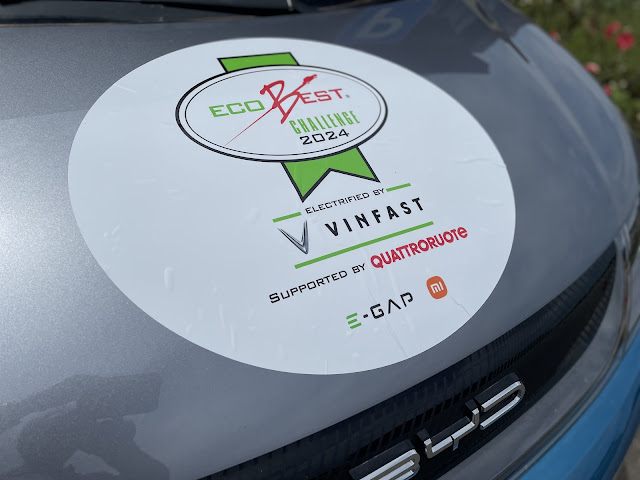






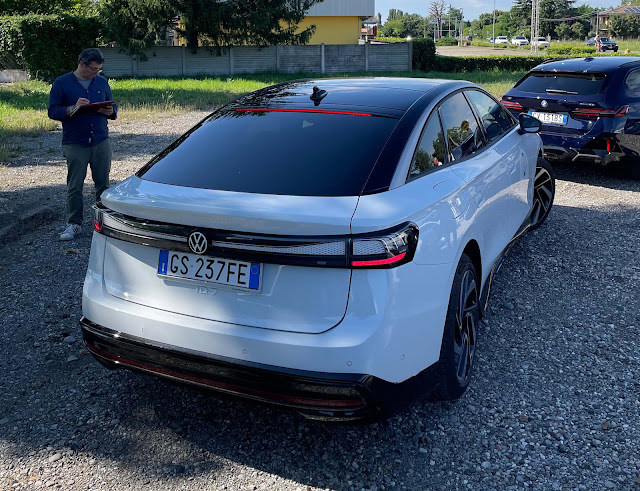








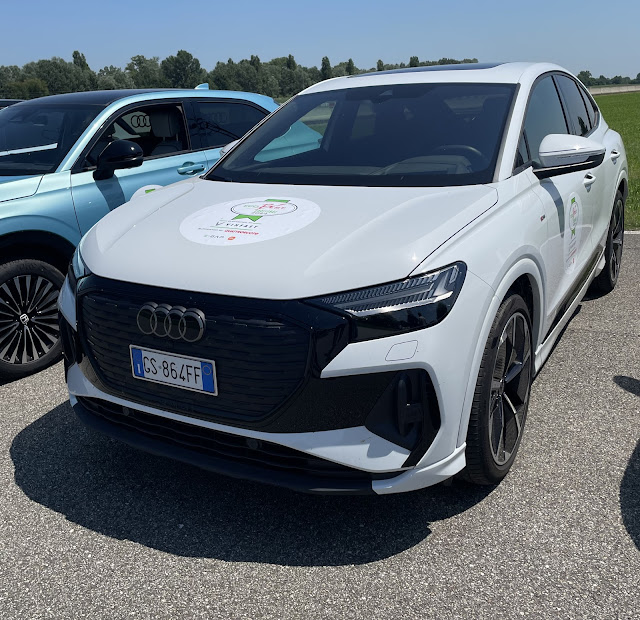


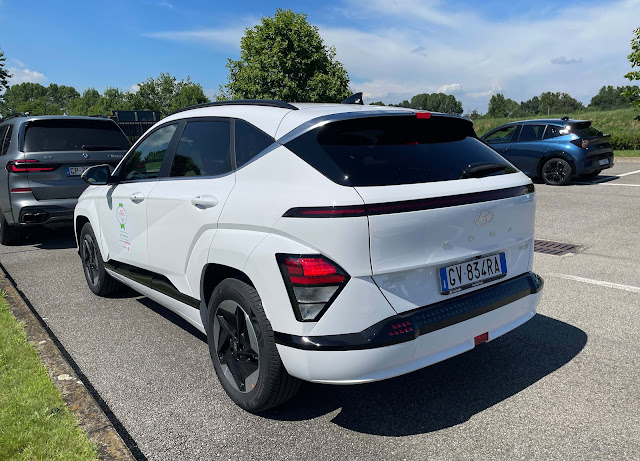

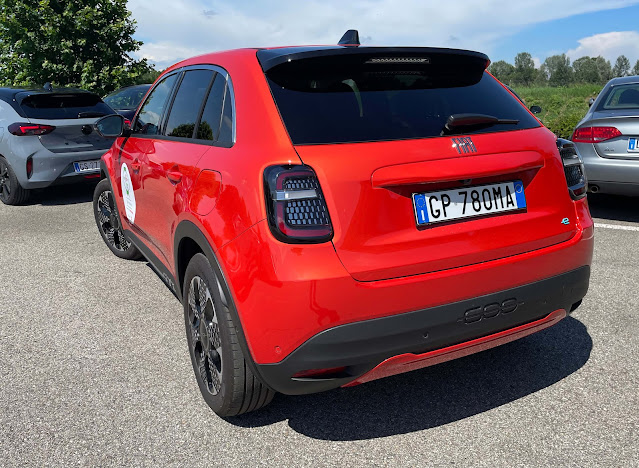



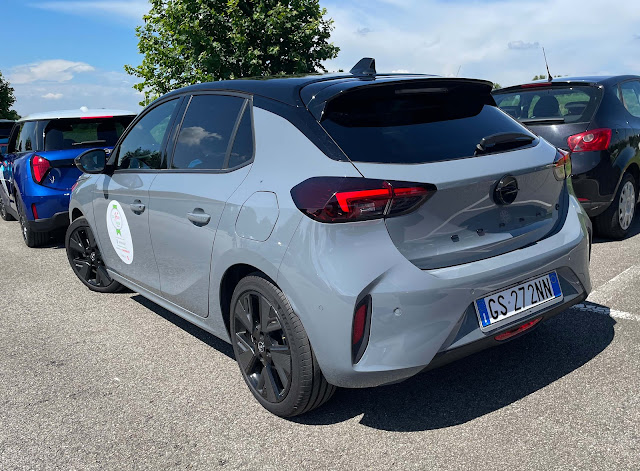








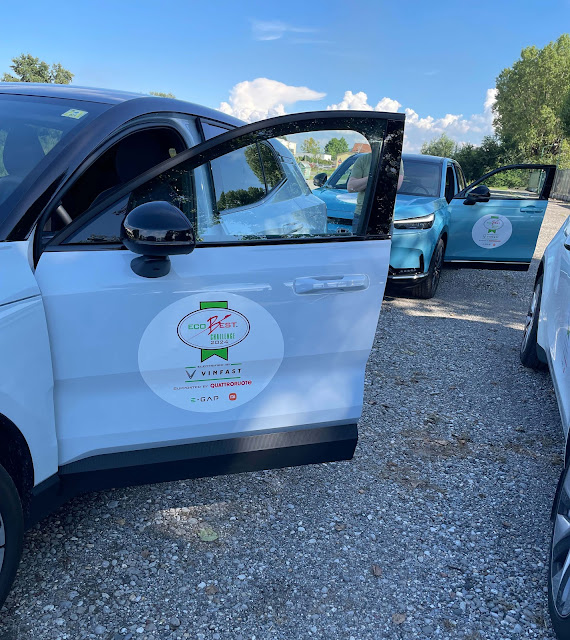













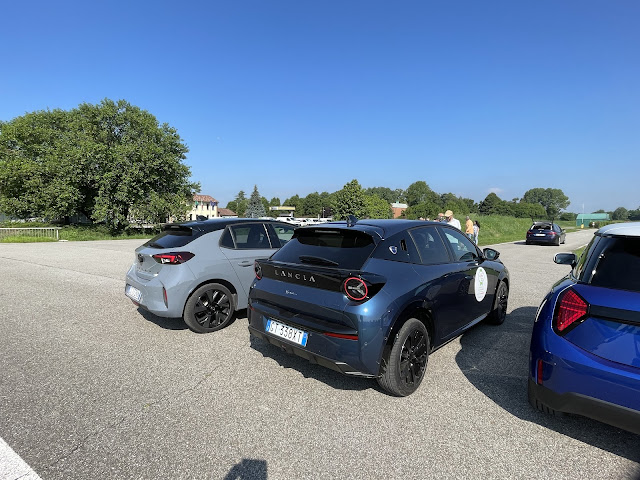
















Kommentare
Kommentar veröffentlichen